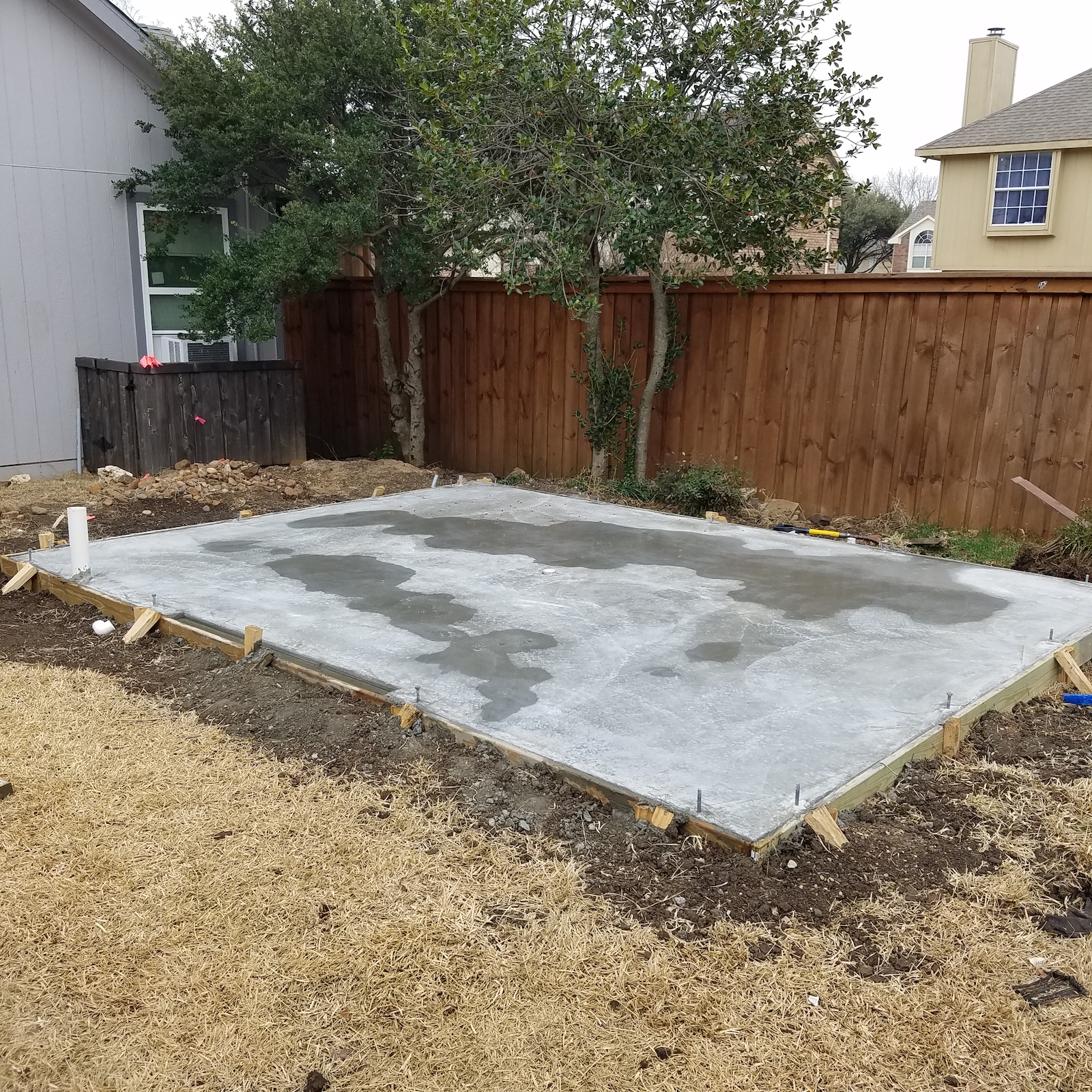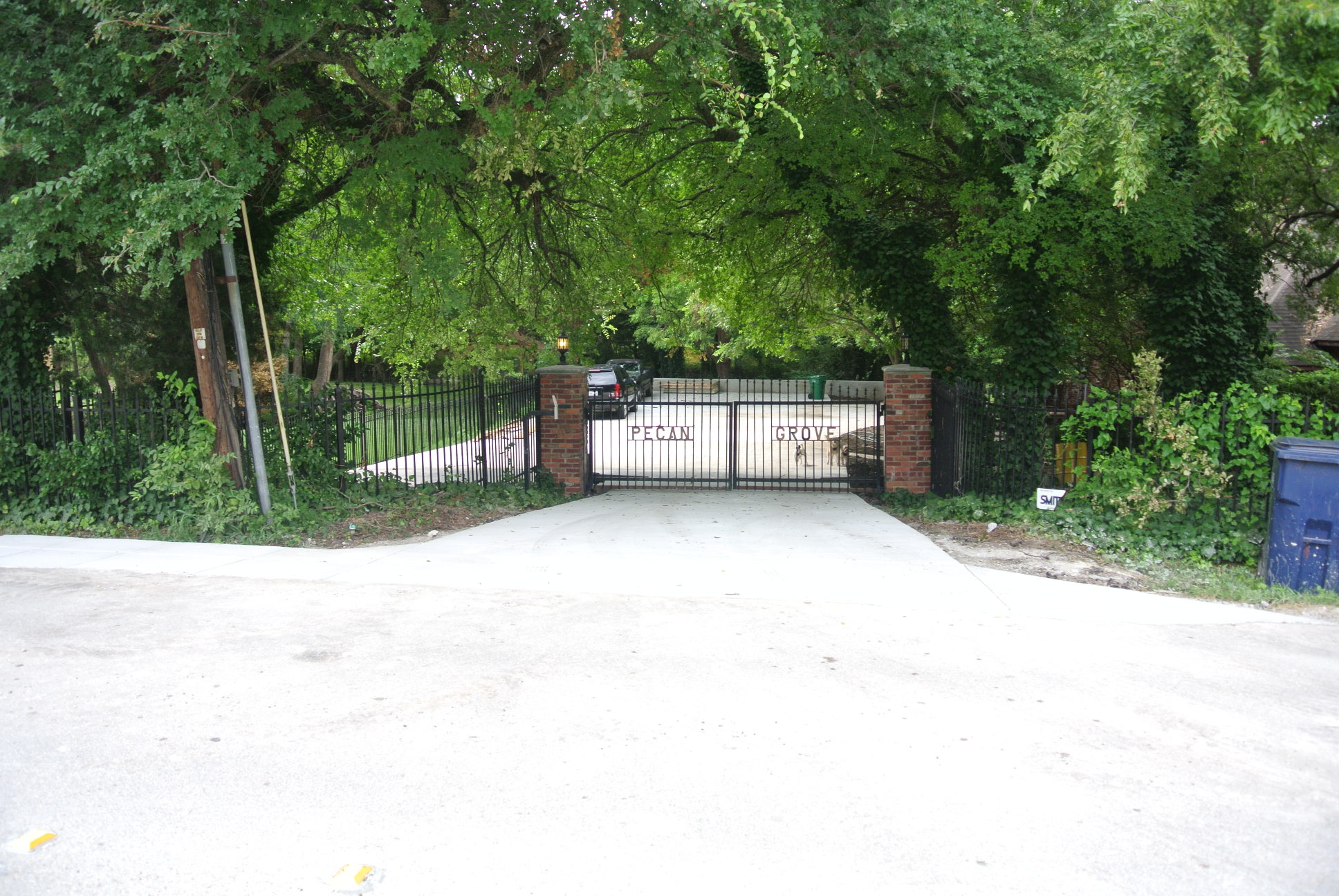Concrete
Modern concrete mix designs can be complex. The choice of a concrete mix depends on the need of the project both in terms of strength and appearance and in relation to local legislation and building codes.
The design begins by determining the requirements of the concrete. These requirements take into consideration the weather conditions that the concrete will be exposed to in service, and the required design strength. The compressive strength of a concrete is determined by taking standard molded, standard-cured cylinder samples.
Many factors need to be taken into account, from the cost of the various additives and aggregates, to the trade offs between the “slump” for easy mixing and placement and ultimate performance.
A mix is then designed using cement (Portland or other cementitious material), coarse and fine aggregates, water and chemical admixtures. The method of mixing will also be specified, as well as conditions that it may be used in.
This allows a user of the concrete to be confident that the structure will perform properly.
Various types of concrete have been developed for specialist application and have become known by these names.
Concrete mixes can also be designed using software programs. Such software provides the user an opportunity to select their preferred method of mix design and enter the material data to arrive at proper mix designs.
Types of concrete Titan offers:
Modern concrete
Regular concrete is the lay term for concrete that is produced by following the mixing instructions that are commonly published on packets of cement, typically using sand or other common material as the aggregate, and often mixed in improvised containers. The ingredients in any particular mix depends on the nature of the application. Regular concrete can typically withstand a pressure from about 10 MPa (1450 psi) to 40 MPa (5800 psi), with lighter duty uses such as blinding concrete having a much lower MPa rating than structural concrete. Many types of pre-mixed concrete are available which include powdered cement mixed with an aggregate, needing only water.
Typically, a batch of concrete can be made by using 1 part Portland cement, 2 parts dry sand, 3 parts dry stone, 1/2 part water. The parts are in terms of weight – not volume. For example, 1-cubic-foot (0.028 m3) of concrete would be made using 22 lb (10.0 kg) cement, 10 lb (4.5 kg) water, 41 lb (19 kg) dry sand, 70 lb (32 kg) dry stone (1/2″ to 3/4″ stone). This would make 1-cubic-foot (0.028 m3) of concrete and would weigh about 143 lb (65 kg). The sand should be mortar or brick sand (washed and filtered if possible) and the stone should be washed if possible. Organic materials (leaves, twigs, etc.) should be removed from the sand and stone to ensure the highest strength.
High-strength concrete
High-strength concrete has a compressive strength greater than 40 MPa (5800 psi). In the UK, BS EN 206-1 defines High strength concrete as concrete with a compressive strength class higher than C50/60. High-strength concrete is made by lowering the water-cement (W/C) ratio to 0.35 or lower. Often silica fume is added to prevent the formation of free calcium hydroxide crystals in the cement matrix, which might reduce the strength at the cement-aggregate bond.
Low W/C ratios and the use of silica fume make concrete mixes significantly less workable, which is particularly likely to be a problem in high-strength concrete applications where dense rebar cages are likely to be used. To compensate for the reduced workability, superplasticizers are commonly added to high-strength mixtures. Aggregate must be selected carefully for high-strength mixes, as weaker aggregates may not be strong enough to resist the loads imposed on the concrete and cause failure to start in the aggregate rather than in the matrix or at a void, as normally occurs in regular concrete.
In some applications of high-strength concrete the design criterion is the elastic modulus rather than the ultimate compressive strength.
Stamped concrete
Stamped concrete is an architectural concrete that has a superior surface finish. After a concrete floor has been laid, floor hardeners (can be pigmented) are impregnated on the surface and a mold that may be textured to replicate a stone / brick or even wood is stamped on to give an attractive textured surface finish. After sufficient hardening, the surface is cleaned and generally sealed to provide protection. The wear resistance of stamped concrete is generally excellent and hence found in applications like parking lots, pavements, walkways etc.

